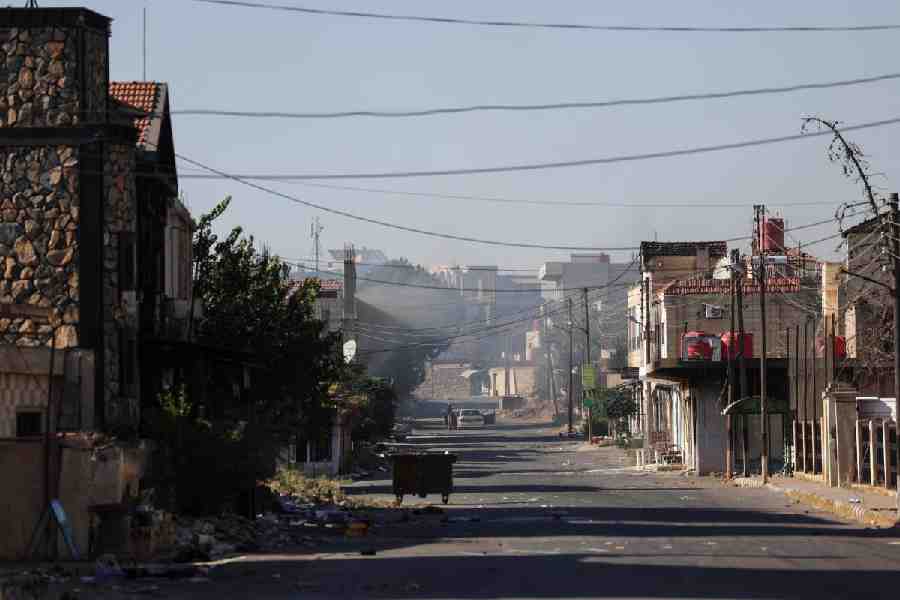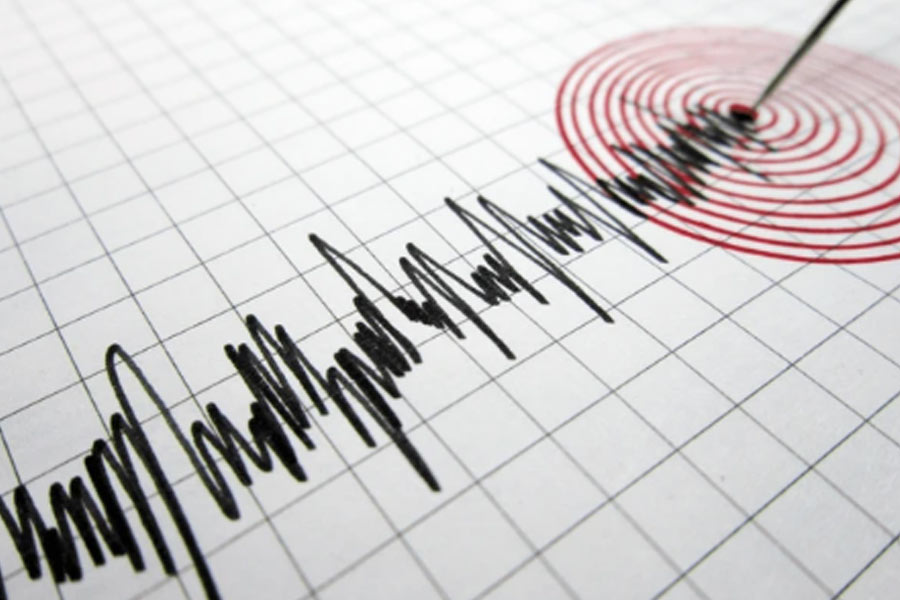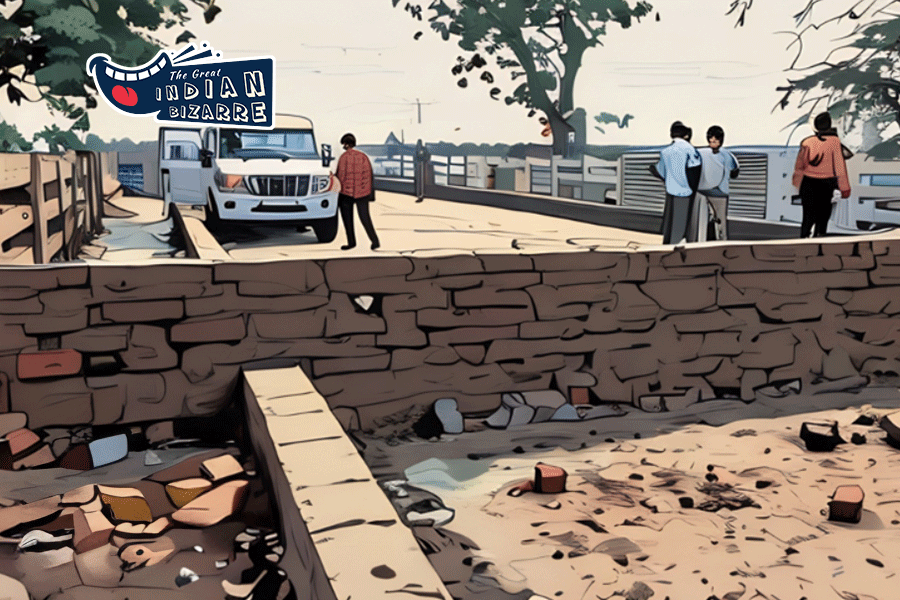 |
Bob Woolmer’s killer used some sort of fabric — possibly a hotel towel — to strangle him, police believe. Such a method would explain why no marks were found on his neck.
Mark Shields, Jamaica’s deputy commissioner of police, also revealed last night that police now had “video grabs”, or images, of every person who entered Woolmer’s 12th-floor hotel corridor on the night he was killed.
One of the mysteries of Woolmer’s death, which the Kingston coroner said was caused by “manual strangulation”, was that there were no external marks on his neck, a fact that had led to speculation that he could have died of natural causes. Shields, a former Scotland Yard detective, said it was “categorically” a murder investigation, and revealed for the first time the strangulation techniqe that police suspect was used.
“If it’s some form of manual strangulation and there are no physical marks on the neck of the victim, therefore there may have been something between the hands of the assailant and the neck of the victim. That is as far as I will go.”
Asked if the killer or killers might have used a towel, he replied: “I say no comment.”
Shields confirmed that when Woolmer’s almost naked body was found in his room at the Pegasus Hotel in Kingston, “there were towels nearby, there were towels in the room”. If Woolmer’s killer used a towel or some other kind of ligature, it suggested that the murder was less a momentary loss of temper by his assailant but rather a more sinister and premeditated crime carried out by somebody who knew what they were doing.
Shields also spoke for the first time about the chambermaid who discovered Woolmer’s body. “The chambermaid has been traumatised and she’s going to need a lot of support,” he said. He said that he believed she had been taken back to the murder scene to “refresh her memory”.
Woolmer, 58, the Pakistan cricket coach, was murdered hours after his team had been knocked out of the World Cup by debutants Ireland. He went up to his room at 7.30pm on Saturday, March 17, and was found dead at 10.45 am the next day.
Shields said that police were now focusing on four things, which they were trying to correlate to catch the killer. He described it as like trying to piece together “a big jigsaw”.
By comparing witness statements, in which players and guests were asked to account for their movements, the CCTV images, data from room key cards, and room-service orders, Shields hopes to zero in on the killer.
The Pakistani team were all interviewed, fingerprinted and gave DNA samples before they left Jamaica. Shields said that he wanted to do the same for approximately a thousand players, guests and fans in and around the Pegasus on the night of the killing.
Woolmer had sent a last e-mail between 8pm and 9pm, Shields said, and ordered room service during that hour.
Shields hoped to determine the exact time that Woolmer was attacked by focusing on the door key-card data. “Until I establish an exact time of death it is very difficult to tie down when we should be looking at the tape,” he said.
Shields added that nobody was yet a suspect, but that nobody had been ruled out. He was keeping an open mind as to motive, and said that a match-fixing link was just one of many lines of inquiry.











